5 Essential Tree Services Every Homeowner Needs
Trees are invaluable assets to any property, offering aesthetic, environmental, and financial benefits. As they stand tall and majestic, they provide shade, improve air quality, and add considerable value to your home. However, maintaining healthy and safe trees requires regular and specialized care beyond what meets the eye. Effective tree management encompasses a range of practices, from regular inspections and disease management to pruning and removal. This article outlines seven essential tree services that every homeowner needs to ensure their trees remain beautiful and problem-free, encouraging a thriving ecosystem and safeguarding property investment.
Tree Inspection and Assessment
Conducting regular inspections on trees is crucial to maintaining their health and ensuring they don't pose a danger to your property. By identifying potential issues early, such as diseases or growth imbalances, homeowners can take preventative measures to mitigate damage. Regular inspections also help pinpoint problems related to pests or structural weaknesses, which might not be visible to the untrained eye. Trees undergo stress from environmental factors, and inspections can help gauge their health and prescribe necessary care. Trained arborists are often called upon for these tasks, ensuring a comprehensive check of a tree's condition.
Tree diseases can significantly impact the health of trees if not identified and treated early. Common diseases such as powdery mildew, root rot, and cankers can quickly weaken trees, making them more susceptible to pests and further deterioration. Regular assessments help detect these problems early, allowing for prompt intervention to manage or eradicate the disease. Signs such as discolored leaves, unusual growths, or dry branches often indicate underlying problems. Homeowners need to familiarize themselves with these signs or enlist professionals who can provide accurate diagnoses and treatment recommendations.
The structural integrity of a tree determines its ability to withstand environmental stresses like strong winds and heavy snow. Trees with compromised structures due to diseases or improper growth may pose risks, including property damage or injury. Tree services involve checking the stability of the tree's trunk and branches, ensuring that there are no major cracks or weaknesses. Arborists use various methods and tools, like resistographs and sonic tomography, to assess internal damages that are not visible on the surface. Maintaining the structural integrity of trees through regular assessments is vital for homeowner safety and prevents costly damage in the future.
Tree Pruning and Trimming
Pruning and trimming are often used interchangeably, but they serve different purposes in tree maintenance. Pruning typically involves removing dead or diseased branches to promote tree health and clear obstacles. Trimming, on the other hand, focuses on aesthetic shaping and controlling tree growth to avoid interference with structures like power lines. Knowing when and how to perform these tasks can greatly enhance the health and appearance of your trees. Both practices are critical, and their timing and execution can influence the overall vitality of your trees.
Pruning plays a pivotal role in promoting the health and longevity of trees. Removing dead or diseased branches prevents pests from gaining entry and spreading through the tree. Pruning encourages the growth of healthy branches and fosters better air circulation and sunlight penetration, vital for photosynthesis. Proper pruning also helps in controlling the tree's direction of growth, reducing the risk of limbs interfering with property structures. Ultimately, strategic pruning helps trees grow stronger and remain resilient against environmental challenges.
Tree Removal and Stump Grinding
Tree removal becomes necessary when a tree poses a safety risk or is severely diseased beyond recovery. Decaying trees with weakened structures can fall unexpectedly, endangering people and property. In some cases, trees may outgrow their space, interfering with infrastructure like power lines or building foundations. Removing such trees is often the only safe option to prevent dangerous incidents. Professional arborists evaluate the risks associated with keeping a tree and recommend removal when it poses an imminent threat.
Tree removal is a hazardous task that requires strict safety measures to protect both workers and property. Arborists use specialized equipment like cranes and ropes to ensure controlled removal, preventing the tree from falling indiscriminately. Additionally, safety gear such as helmets, gloves, and protective eyewear is mandatory when felling trees. The removal process often involves a thorough assessment of potential hazards like nearby buildings or utility lines. Engaging professional services ensures that all safety protocols are followed and unforeseen risks are mitigated efficiently.
After a tree is removed, dealing with the remaining stump is essential to complete the removal process. Stump grinding is favored because it removes the stump to below ground level, eliminating hazards and making space for new planting. Leftover stumps can become breeding grounds for pests and fungi, posing risks to other healthy plants. Grinding also improves the aesthetic appeal of the landscape and enables efficient use of the space. Professional arborists equipped with stump grinders ensure this process is completed effectively, preventing potential landscape issues.
Tree Planting and Transplanting
Choosing the right tree species for your property is vital for ensuring its successful growth and integration with the landscape. Factors such as local climate, soil type, and space availability should guide the selection process. It's beneficial to consider trees that support local wildlife and contribute positively to the ecosystem. Consulting with a landscape architect or arborist can help in selecting a species that harmonizes with existing vegetation and fulfills your property's aesthetic and functional needs. Proper selection mitigates future upkeep challenges and enhances landscape cohesion.
The success of newly planted trees largely depends on the preparedness of the planting site. Site preparation includes soil testing, amending the soil with the necessary nutrients, and ensuring adequate drainage to promote root development. Marking and clearing the area where the tree will be planted is essential to prevent interference from other plants or structures. Homeowners are encouraged to plan for enough space around the tree for growth while considering sunlight exposure and proximity to utilities. Proper preparation fosters a healthy start for trees, making them resilient in the long term.
Tree transplanting requires precise planning and execution to ensure the tree's survival post-move. One critical step is root pruning, done months before the move, to encourage new root growth within a confined area. On the day of transplanting, ensuring the tree's root ball is intact prevents transplant shock. Relocation should avoid trunk damage, and the tree should be set at the same depth in its new location as it was previously to promote nutrient absorption. Understanding these key steps helps in achieving successful transplantation, supporting continued healthy growth.
Fertilization and Soil Management
Fertilizers play an essential role in tree services and supplying trees with vital nutrients needed for strong growth and development. Nitrogen, phosphorus, and potassium, the primary components of most fertilizers, are crucial for root development and overall vigor. Fertilizing increases growth rates, enhances flowering and fruiting, and strengthens a tree's resilience to pests and diseases. However, it's important to apply fertilizers judiciously, as excessive use can harm tree roots and the surrounding environment. According to IBISWorld, there are 144k businesses in the Tree Trimming Services industry in the United States, many of which also offer consultations on effective fertilization to maintain healthy trees.
Conducting soil tests is a fundamental step in tailoring tree care programs and ensuring robust nutrient management. Soil tests identify nutrient deficiencies and pH imbalances, guiding precise amendments to optimize soil conditions. Amending soil with organic matter, such as compost or mulch, improves its structure, enhancing water retention and nutrient availability. Fine-tuning the soil environment creates an optimal setting for tree roots and supports healthy tree growth. Routine soil testing and amendments are cornerstones of a proactive approach to tree and soil health management.
Regular tree services are an essential aspect of responsible homeownership. Trees, a vital component of any landscape, require ongoing attention to maintain their structural integrity and aesthetic appeal. Whether it's ensuring their structural integrity through inspections, enhancing their growth through proper pruning, or addressing potential threats from pests and diseases, these tree services help in maintaining not only the health and beauty of your trees but also the value and safety of your property. Engaging professional tree services guarantees expert care and contributes to the sustainable management of these living assets. For more information about the services that we offer, reach out to our incredible team at All American Tree & Turf LLC today!
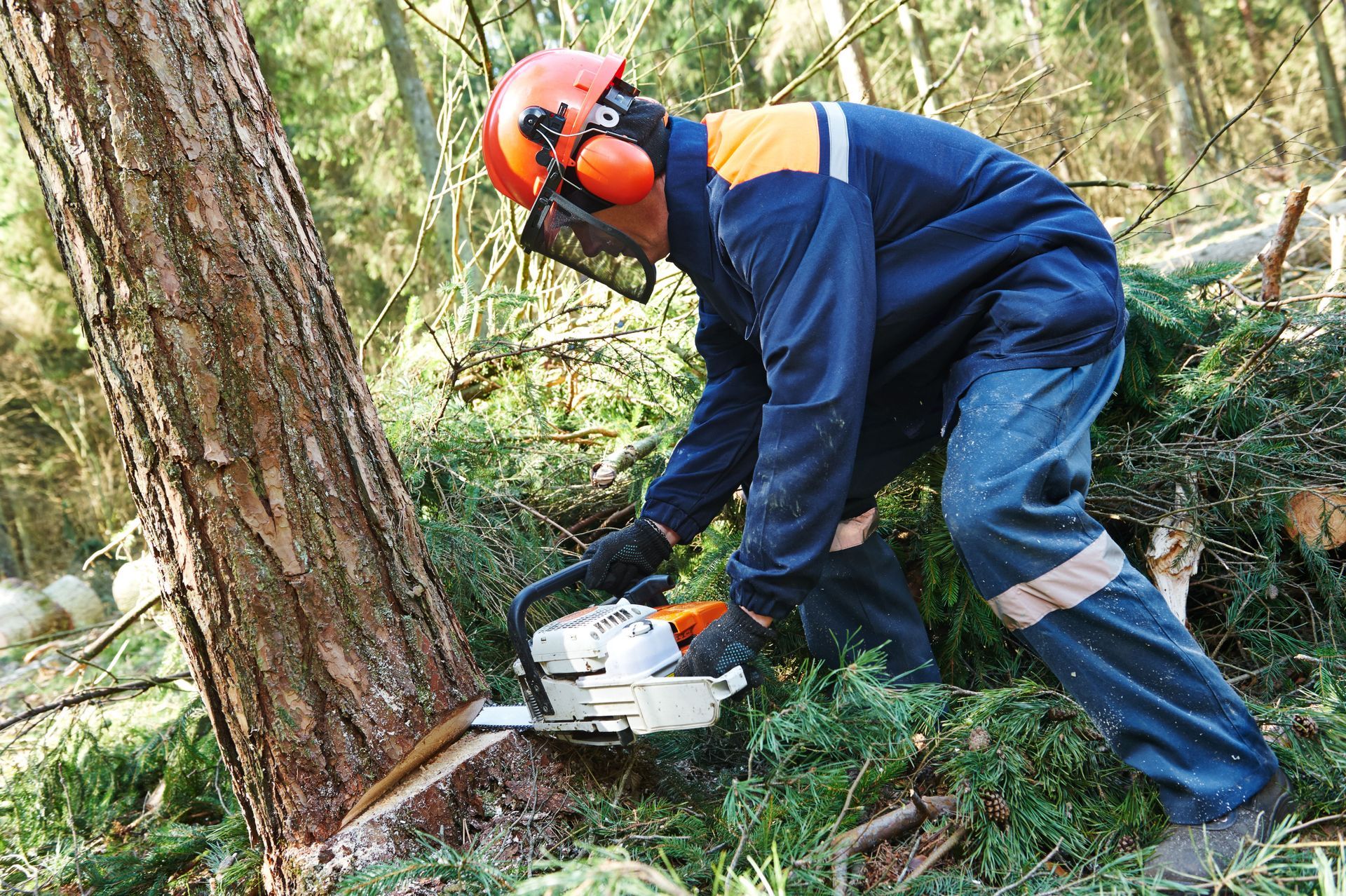
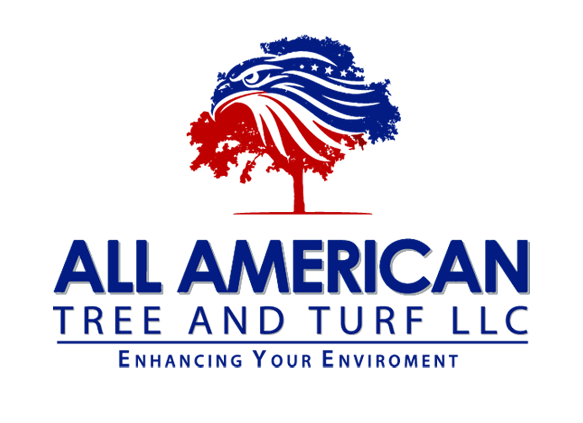

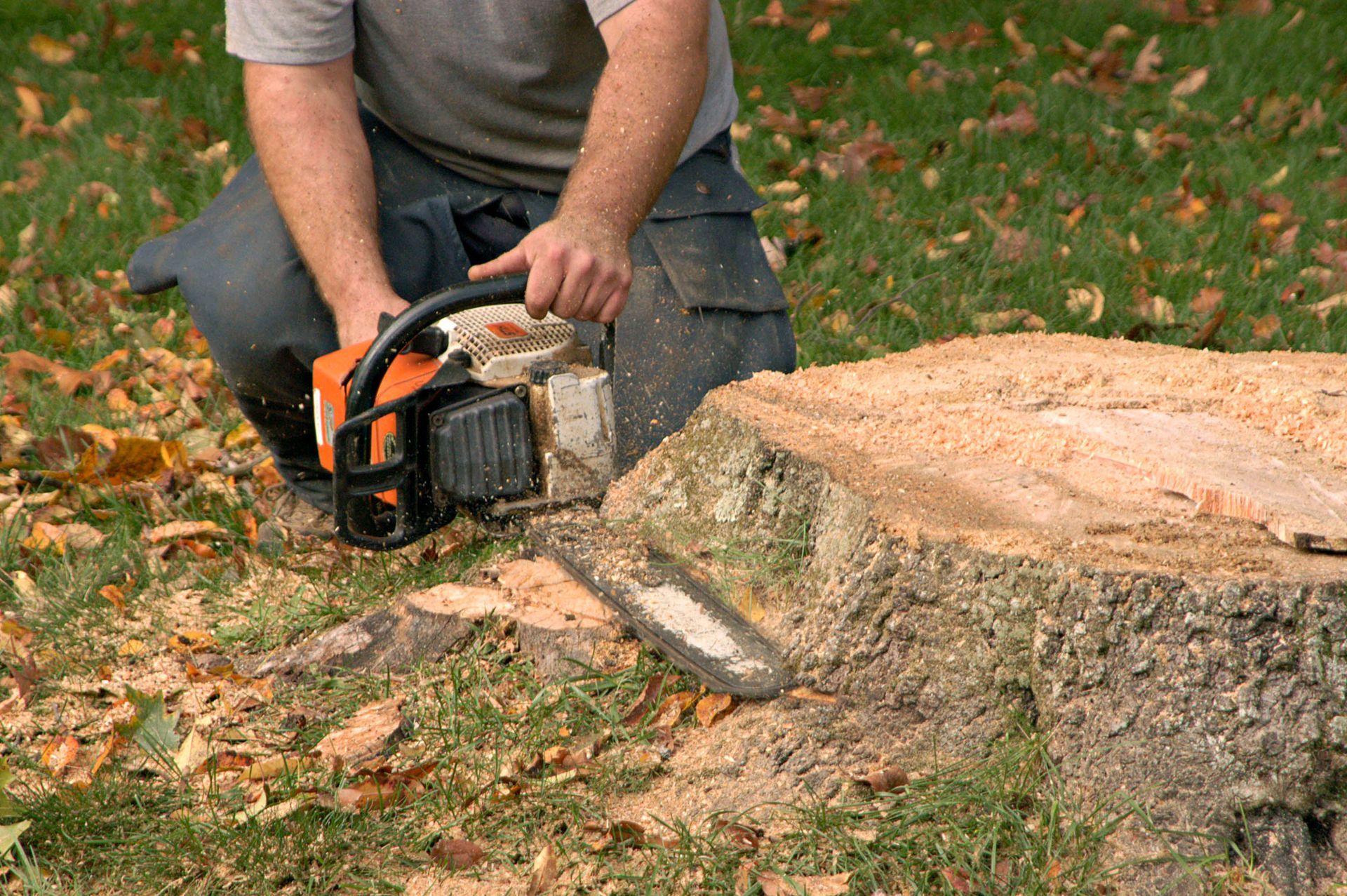
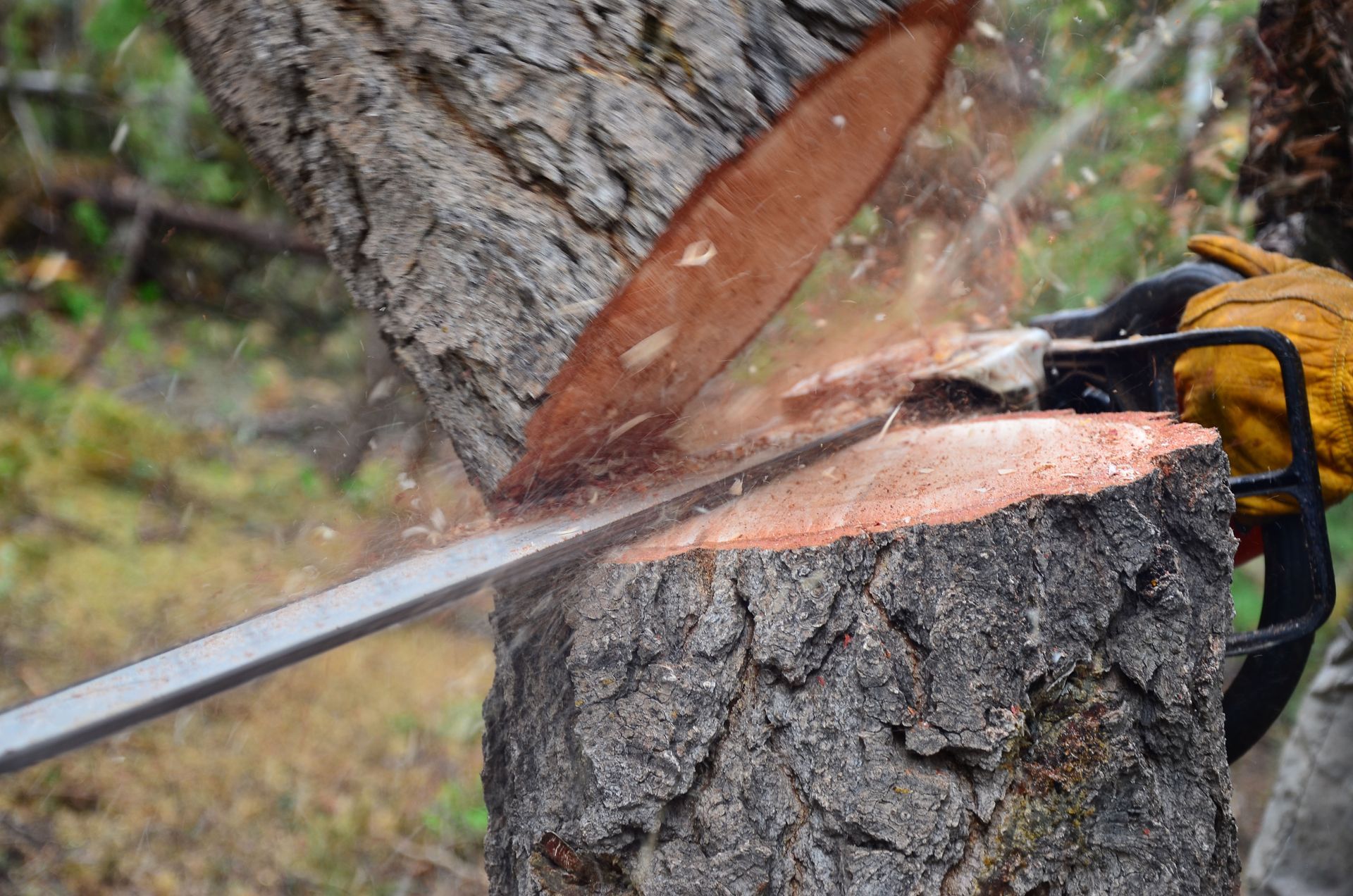
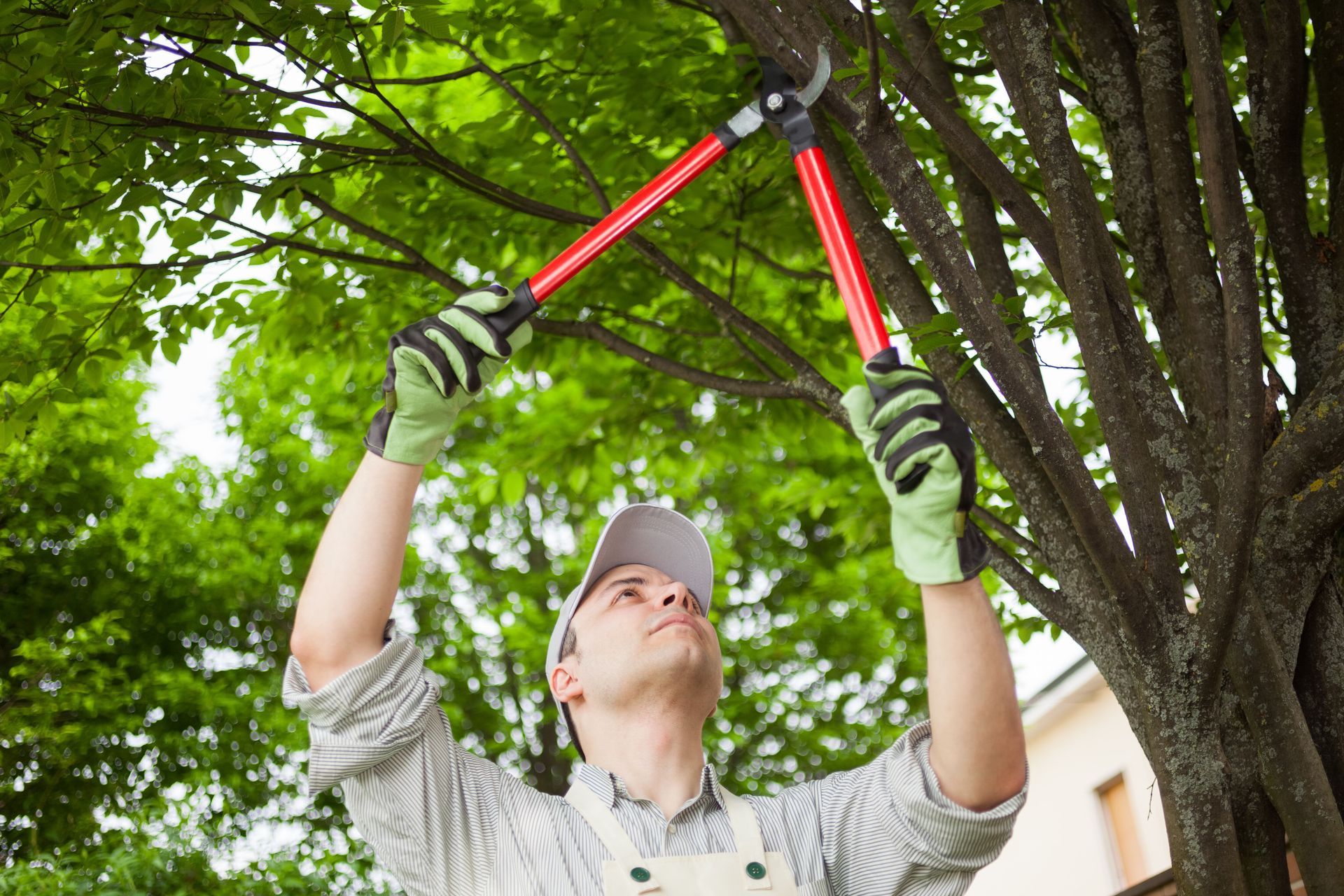
Share On: